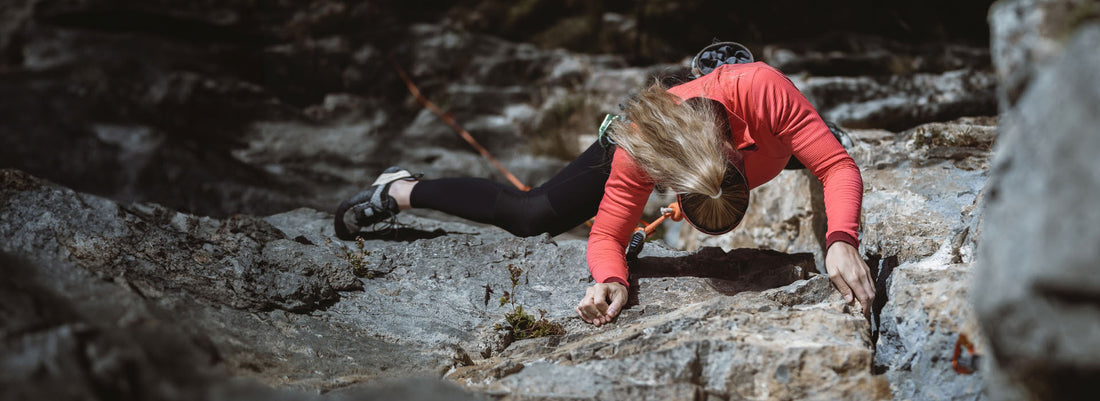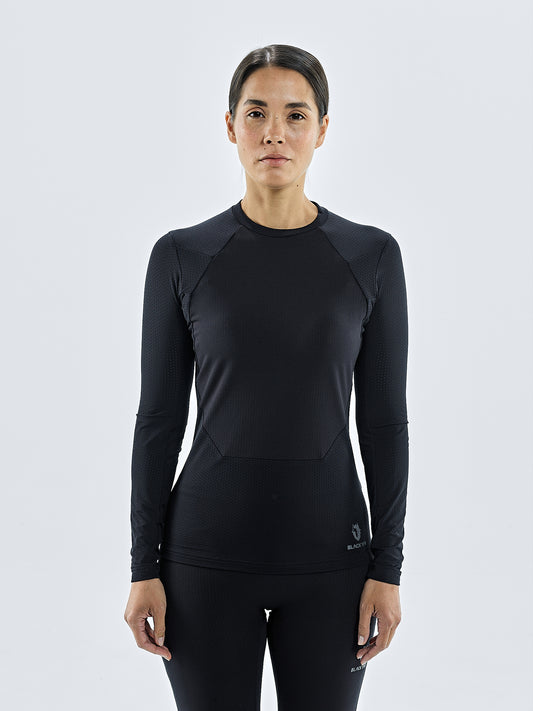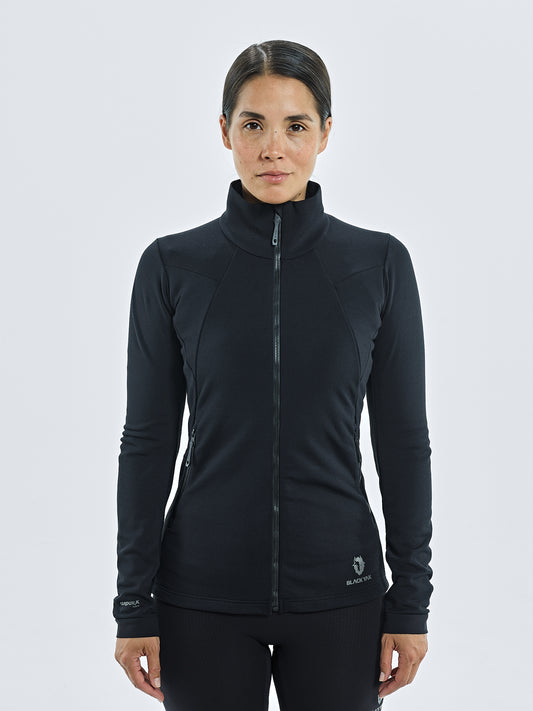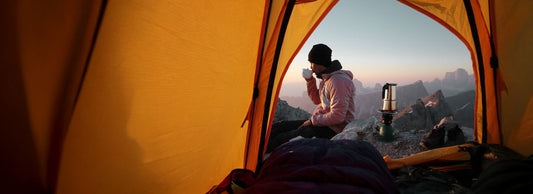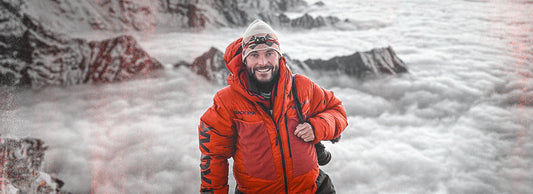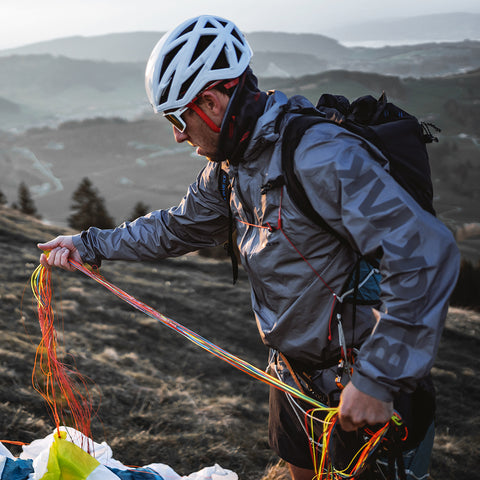 The aim of the warm-up is to optimally prepare the muscles for training so that they can be exercised in optimal condition. In general, the longer the warm-up, the more intense the subsequent training session should be.
The aim of the warm-up is to optimally prepare the muscles for training so that they can be exercised in optimal condition. In general, the longer the warm-up, the more intense the subsequent training session should be. Activation of the sympathetic nervous system
The first step in warming up is to activate the sympathetic nervous system. This causes the capillaries in the skin and muscles to dilate and the blood pressure to adjust accordingly. This reaction ensures optimal blood flow, which means that our working muscles can be supplied with sufficient blood and oxygen.
Light aerobic exercise
The most effective way to activate the sympathetic nervous system and achieve optimal blood flow is through light aerobic exercise. This could be light aerobic running or cycling (or skiing). Depending on the intensity, about 5 to 15 minutes.
Loosening gymnastic exercises and dynamic stretching
Incorporate some loosening exercises and dynamic stretching into the warm-up. These exercises activate the stretch reflexes in the muscles and prepare them for higher loads.
No exertion during the warm-up
Make sure you gradually increase the pace and intensity, but don't overdo it. Your aim is to activate your muscles without overstraining them. You should not feel any great exertion during the warm-up.
Finish the warm-up with the movement type of the main workout
Finish your warm-up by performing the type of movement you will be using in the main part of the workout for 2 to 3 minutes in zone 3. This will help you to mentally prepare for the upcoming activity and prepare your body for the specific movements.
Visualisation: the mental power of the warm-up
The warm-up not only offers physical benefits, but also opens up the possibility of using mental techniques such as visualisation. Visualisation is a technique in which you imagine an action or situation. In outdoor sports, this can be used to prepare for the activity or a challenge, e.g. the ideal running route when trail running, the perfect sequence of movements on a climbing route or reaching the summit when mountaineering.

Sport-specific warm-up
Although the basic aim of every warm-up is the same - to raise the body temperature and prepare the muscles for the upcoming activity - there are differences in how they are carried out depending on the type of sport.
For trail running, you can focus more on dynamic movements during the warm-up to activate the running muscles. Dynamic stretches and mobility exercises for the hips, knees and ankles can be helpful to prepare for the uneven terrain. When climbing, in addition to the warm-up on the ground, it is also important to complete warm-up climbing routes with a low level of difficulty.
Cool-Down
Cooling down after physical activity is just as important as warming up. Here are some of the key points of an effective cool-down:
- Lower heart rate gradually: instead of stopping abruptly, the intensity of the activity should be gradually reduced. This allows for a gentle decrease in heart rate and prevents abrupt changes in blood pressure.
- Active recovery: A light run or walk after intensive activity promotes blood circulation and helps to remove excess lactic acid from the muscles. This supports recovery. The more intense the activity, the longer the cool-down should last.
- Stretching exercises: Stretching exercises can improve flexibility. However, this should be done gently and in a controlled manner to avoid injury.
- Hydration: Even after exercise, it is important to drink enough fluids to compensate for fluid loss during the activity and support the general recovery process.
-
WOMEN'S CHAMAR FLEECE ROUNDNECK BASELAYER LONGSLEEVE
The CHAMAR FLEECE ROUNDNECK BASELAYER LONGSLEEVE combines comfortable Micro G...Regular price 90,00 €Regular priceUnit price per -
WOMEN'S CHAGO FLEECE FULL ZIP
The CORDURA® Merino Stretch Fleece is responsible for the virtually unlimited...Regular price From 119,00 €Regular priceUnit price per170,00 €Sale price From 119,00 €Sale

